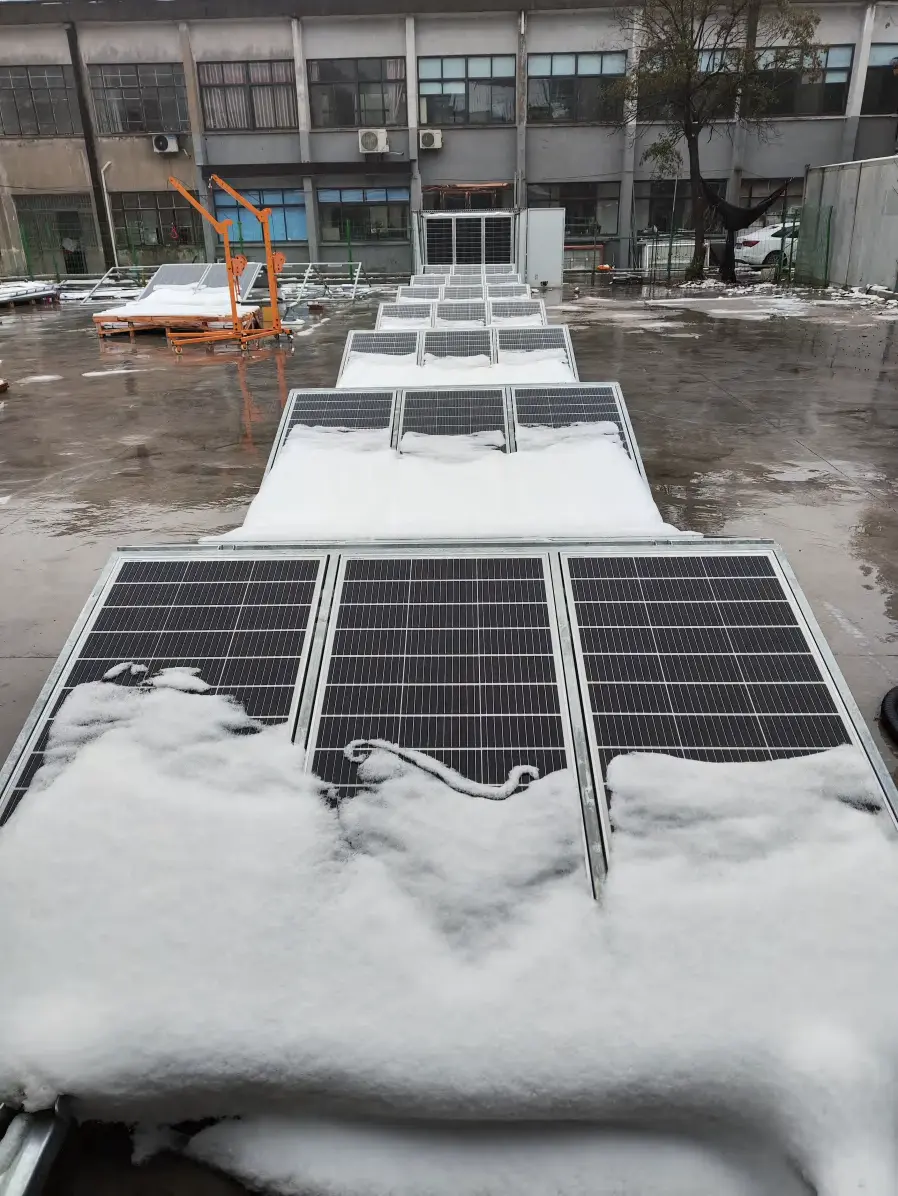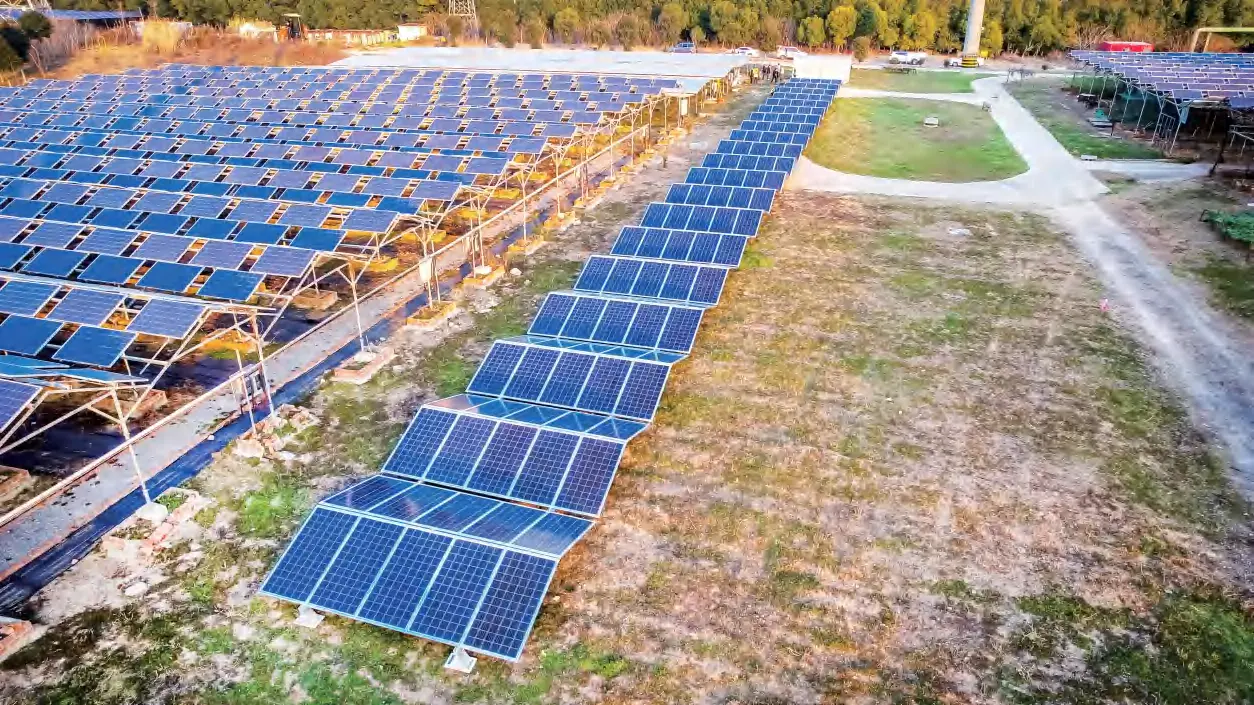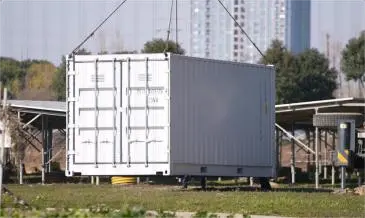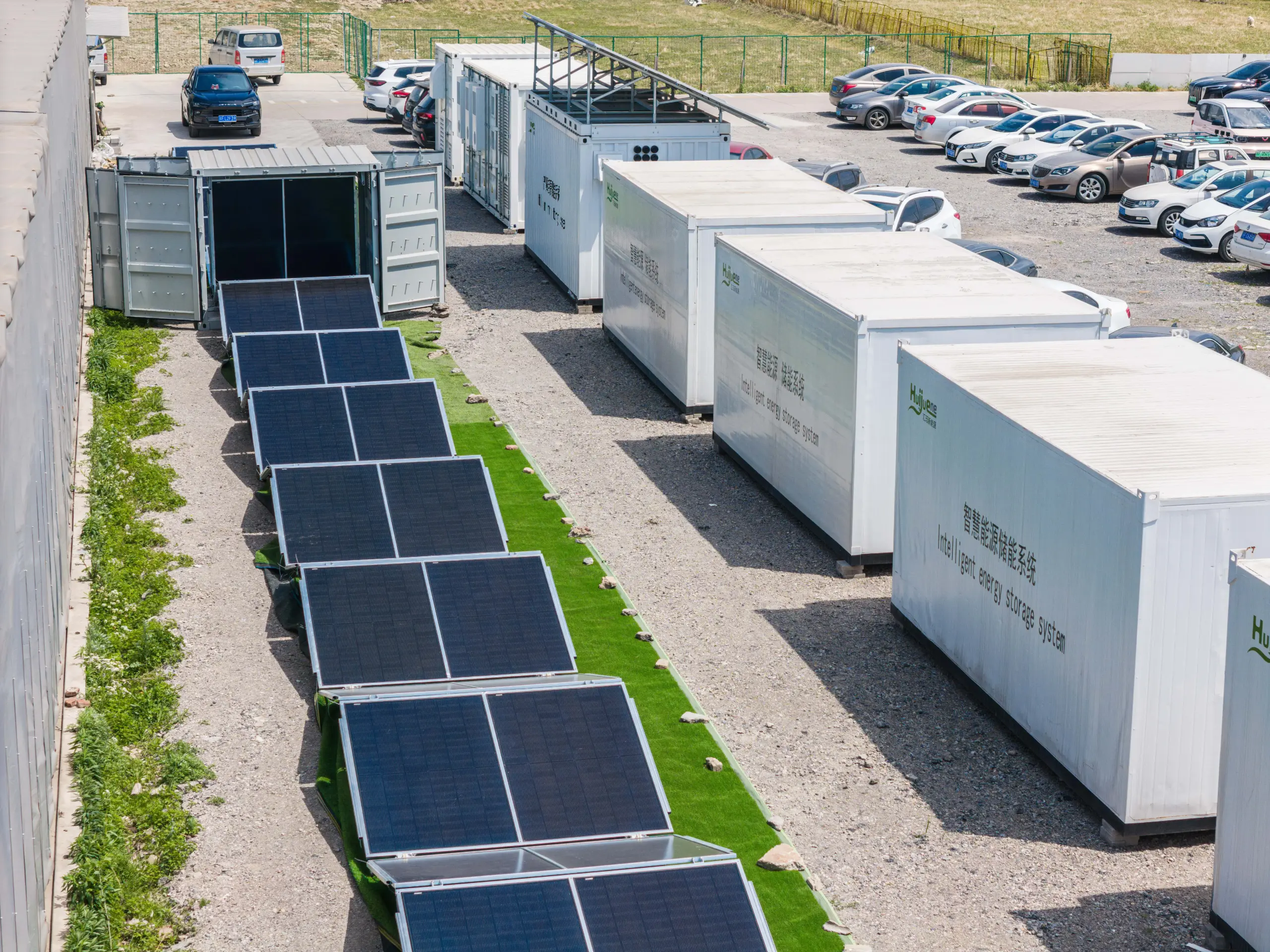You've probably heard the hype—solar containers are changing how we deliver power, especially in regions where the old grid just isn't there. But let's be real: not all solar containers are equal.
So, how do you know you're getting a high-output, dependable system and not just an eye-catching metal box with a couple of solar panels slapped on top?
In this tutorial, we're going to demystify the 7 must-have features of a successful solar container using practical use cases, industry insights, and a pinch of humor to make it fun. I mean, clean energy shouldn't be boring, right?
Who’s Searching for This—and Why It Matters
Now, let's talk about the audience for a moment. If you're reading this, then you're probably:
- An energy project manager in search of off-grid solutions
- A head of logistics in disaster response or military operations
- An ESG investor
Or perhaps just a curious technologist who wants to know how a shipping container can electrify a village
Regardless of your position, you're probably seeking something more than a sales pitch. You need technical competence, economic viability, and environmental sustainability.
You're also (likely) not here to be spoon-fed content created by a robot for a search engine. So, we're going to keep it real—and helpful.
1. Durable Solar Panel Integration
A good solar container starts at the top—literally. The quality and configuration of solar panels determine everything else.
Look for:
- High-efficiency monocrystalline panels (20%+ efficiency)
- Tilt-adjustable mounting systems to take maximum sun capture
- Weatherproof and anti-corrosion framing

Some high-end models even have solar tracking systems to follow the sun throughout the day—boosting energy yield up to 25%.
Ever tried to remain still and reflect sunlight with a mirror all day? Yeah. Solar trackers are smarter than that.
2. Long-Life, High-Capacity Battery Storage
What's the use of solar power if it disappears when the sun sets?
A serious solar container has high-quality battery storage, ideally LiFePO₄ (Lithium Iron Phosphate) technology-based. These batteries offer:
- Longer cycle life (4,000+ cycles)
- Better thermal stability
- Deeper depth of discharge
For instance, the UN's rural African mobile health units use solar containers with LiFePO₄ batteries to maintain vaccine refrigeration through the night.
Blindingly obvious question: Would you trust the energy of your project to a battery that drains after sundown?Robust battery storage is the backbone of any off-grid solar container, especially remote medical or emergency use.
3. Smart Energy Management System (EMS)
Automation is no longer a nicety—it's a necessity. An intelligent EMS gives you control and visibility into your real-time energy usage.
Must-have features are:
- Remote monitoring (app or dashboard)
- Load prioritization
- Maintenance or fault notifications
- Generation and usage analytics for the sun
Think of it as the brain of your solar container. Without it, you're basically flying blind.
4. Plug-and-Play Modular Structure
Less is more—especially in the field.
Your solar container needs to be fully pre-configured. That means:
- Quick setup (hours, not days)
- No expert skill required
- Normalized ports for the hookup of panels or storage
This plug-and-play modularity makes scaling easy. Need to power more lights or equipment? Just link up a second unit.
5. Durability and Security Under Harsh Conditions
If your solar container is going to a desert, jungle, or arctic tundra—it better be built like a tank (minus the attitude).
You’ll want:
- Reinforced steel construction (usually ISO 20ft or 40ft containers)
- Vandal-proof enclosures
- Waterproofing and dust-resistance (IP65+ rating)
- Military-grade casings and locks
A case study in Haiti showed how a solar container deployed after an earthquake lasted 12 months of extreme conditions—with no system breakdown.

6. Grid Connectivity and Backup Options
Even off-grid solutions need to get along with others. A truly handy solar container ought to offer:
- Hybrid functionality (able to be hooked up to generators or the grid)
- Automatic backup switchover
- Application-dependent AC/DC output modes
Why is this significant? Suppose you're operating the container at a solar-powered pop-up festival, but the rain comes pouring in. You switch to backup power effortlessly.
Solar independence is great—but the ability to act strategically is greater.
7. Compliance and Certifications with Regulations
Nobody wants to be "that" buyer who realizes far too late that their system is not compliant with safety or performance regulations.
Demand:
- CE, UL, or IEC certification
- Local grid interconnection compliance regulations
- Battery and inverter test records
This isn't red tape—it's safety, insurance, and long-term performance. If it's not certified, it's not worth it.
Would you buy a parachute without a certification sticker? Exactly.
Bonus: Trends That Are Shaping the Future of Solar Containers
As of 2025, solar containers are breaking beyond simple energy delivery. Here's what's trending now:
- AI-driven EMS for load forecasting
- Fold-out solar panels with wing-like spread
- Zero-emission back-up via hydrogen storage modules
- Microgrids based on blockchain using container networks
These are not vaporware ideas—these are already in trials by energy startups and NGOs in isolated Southeast Asia.
So. what if your container was wittier than your office building?
Real-World Success Snapshot: Puerto Rico Post-Hurricane Maria
When Hurricane Maria hit Puerto Rico in 2017, dozens of towns were left in the dark. Diesel was scarce, roads were blocked, and infrastructure was unavailable.
But in one tiny rural town, they deployed a solar container with battery backup and internet-enabled EMS. Within 36 hours, they had:
- 24/7 power
- Phone charging stations
- Medical refrigeration
- Even satellite Wi-Fi
It wasn't magic. It was the right combination of essential features in one rugged container.

Ready to select a solar container that can actually perform under pressure?
Learn about our container solar module solutions or contact us to get a tailored quote for your off-grid energy project.

